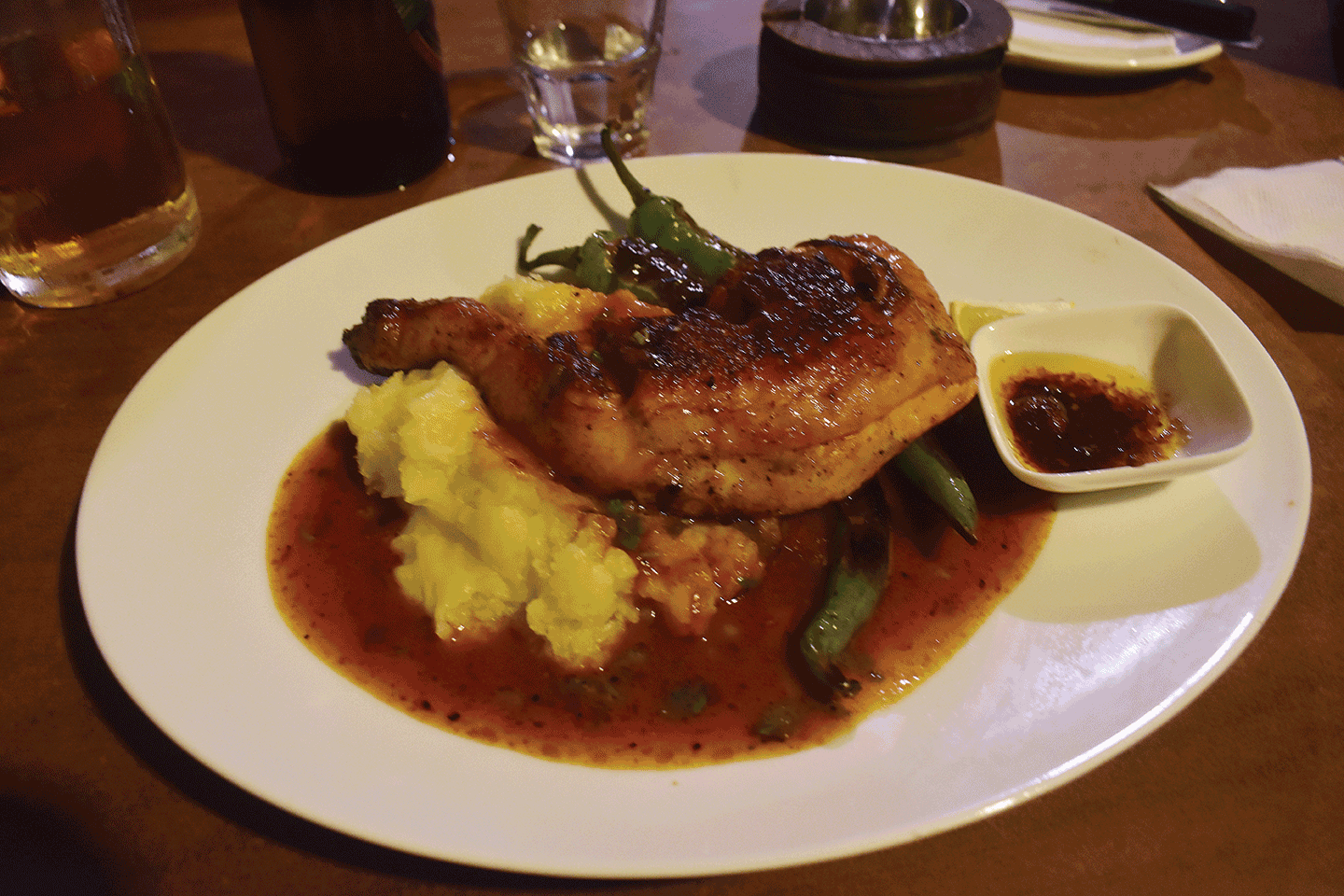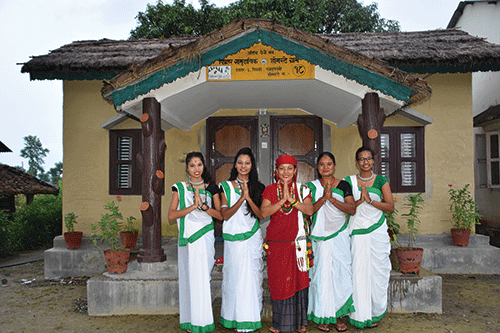
Jhauwa or kauso
This native bean, found everywhere only a few decades ago, is on the verge of vanishing. Called ‘jhauwa’ in the southern plains of Nepal and ‘kauso’ in the hilly areas, these beans are tasty but you need to be cautious while plucking them. Due to its itchy outer layer and difficulty in cooking them, only a few people grow them – and that too is limited to a few climbers growing on their own in the farms.
The outer coat of these beans is itchy and that’s why it is used by swindlers to snatch away the possessions of travellers. They throw the itchy powder on the unsuspecting traveller and while they are distracted by the itching, the thugs run away with their belongings.
To eat these beans, you’ll need to boil them first and peel the outer coating. Then you can cook the rest just like any other vegetable. Be careful not to eat too much of these beans as it causes dizziness. But it is full of protein and nutrition.
.jpg)
Drumsticks or Munga
The drumsticks, in spite of manifold benefits, are rarely grown at commercial scales in Nepal. Called munga, sahajan, swejan, or shitalchini locally, they are delicious and packed with nutrition. It contains vitamin C seven times more than an orange, vitamin A four times more than carrots, calcium four times than milk, potassium three times more than bananas and protein three times more than curd. According to Ayurveda, drumsticks can cure 300 different diseases. In the southern plains, they cook drumsticks like any other vegetable but garnish the curry with roasted flaxseed powder which makes the gravy thicker and adds that extra nutrition.
Pindar
These wild vegetables are getting scarce as forest areas are decreasing. Its trees are hard to find in the jungle these days, and they are mainly brought to the market by firewood collectors and cattle grazers. Looking like lemons, this vegetable is called, pindar, pirar or pidar in the southern plains. Called pendaros in South India, it is delicious and has medicinal properties. But if you find it in the local market and you want to cook it, make sure to boil it for a few minutes first, then cut it into small pieces, take out the seeds and fry it properly.

Naf or lafasaag
The leaves of naf or lafasaag resemble hollyhock leaves. This green leafy vegetable is found in abundance at the local markets once the winter season approaches. It can be cooked like any other green vegetable but adding a bit of baking soda softens the leaves and adds that tangy taste to it. While its sibling with broader leaves and purplish pink flowers is a decorative plant and a common flower in the gardens, this variety is widely eaten in the southern plains. Slurping its curry along with rice is a delight. Try it when you’re down in southern Nepal.

Koilar or koiralo
The bauhinia or ‘koilar’ or ‘koiralo’ flowers are eaten widely in Nepal but their leaves are seldom eaten anywhere except in the southern plains. Since the flowers and leaves need to be sourced from the nearby community or national forest, this delicious vegetable is not found in the market all the time. Its tender leaves are cooked as any other vegetables but garnishing it with roasted flaxseed powder gives that peculiar taste to the curry.











